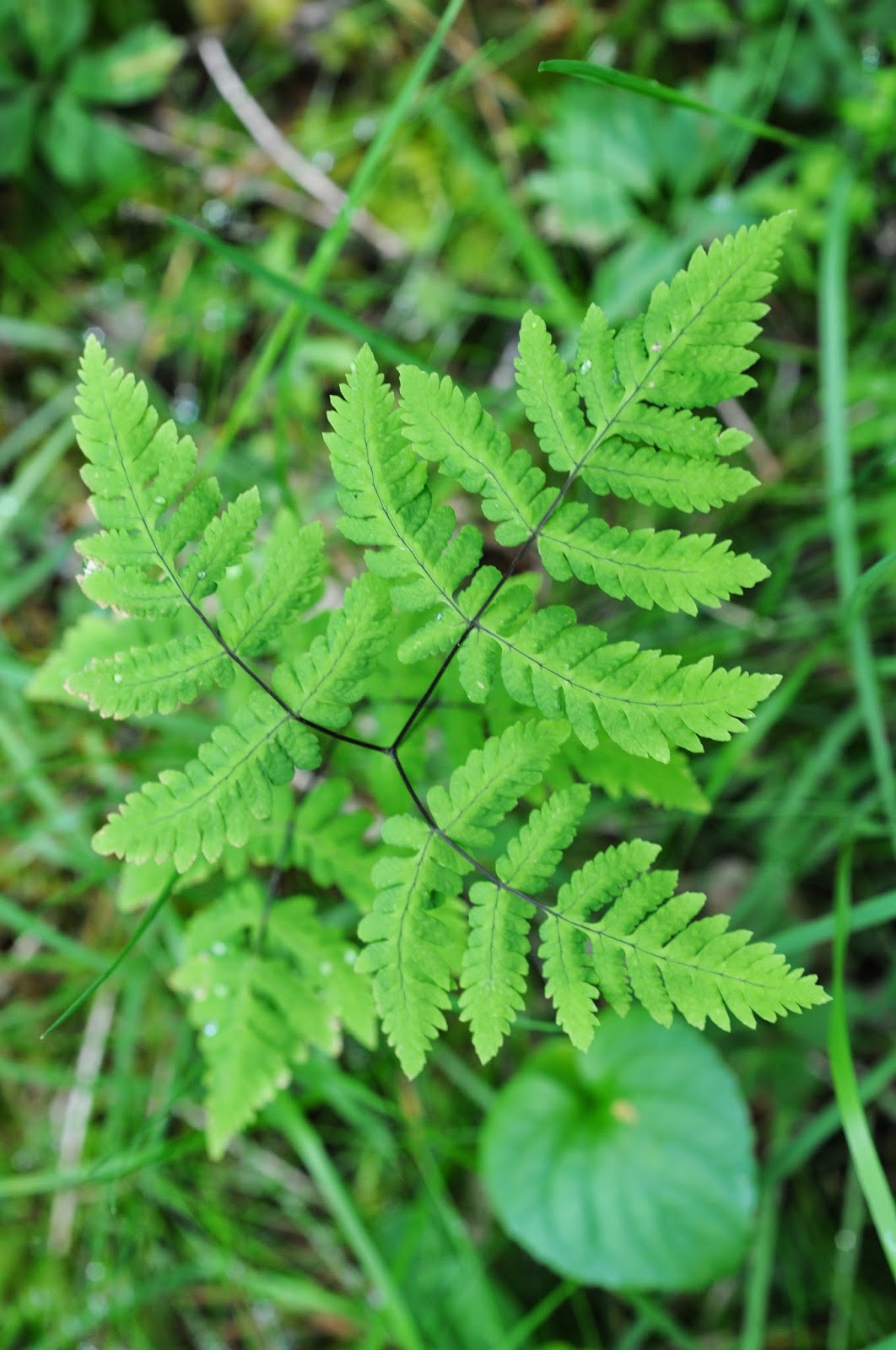 |
| Botanists at Keltneyburn Image:. J. MacKinnon |
There was much more on offer (there always is at a big BSBI meeting) - I'll just mention in passing that there were botanical books for sale, and on the first evening, after the slap-up dinner in the Baronial Hall, our botanists had only to wander over the road to the Birnam Institute, where, according to Jon Shanklin "Lorne Gill showed stunning wildlife images from the locality, which had been taken by himself and his son Fergus. The fact that many of the images featured in Wildlife Photographer of the Year is testimony to their quality".
 |
| Carex capillaris Hair Sedge; Schiehallion, 7/6/2014 Image: J. MacKinnon |
Jon wrote "The recording strategy is to record all vascular plants in at least a sample of tetrads in every hectad. With just six field seasons to go it remains a big challenge. The aim is to provide an update on the change in distribution of species. It needs a volunteer project co-ordinator and a paid part time post to work with the volunteer.
.JPG) |
| Botanists on the limestone pavement; Schiehallion 7/6/2014 Image: J. MacKinnon |
"The National Plant Monitoring scheme will start in 2015, and is intended more for "ordinary" BSBI members than for VCRs. Promotion of the Atlas work will be critical, so it will figure in BSBI News, there will be talks at all major meetings, it will be considered by all BSBI Committees and there will be a special website.
 |
| Gymnocarpium dryopteris Oak Fern Killiecrankie 7/6/2014 Image: J. MacKinnon |
"Members can help by attending field meetings, perhaps by
organising local meetings or setting up your own local recording group. Publicising the message that help is needed
can bring people out of the woodwork! Consider going somewhere remote on holiday and surveying a few squares,
or adopting a local square to survey. If
every Scottish member chose a square each that would cover 170 hectads. Some places that you might think are well
recorded aren’t – eg the VCR lives a long way from Edinburgh, which is actually
poorly recorded despite having several local botanists.
"Last year the Scottish Officer organised a
week in Islay, 12 BSBI members went and obtained good coverage of 36 out of 180
tetrads. It’s a good learning opportunity and can be great fun. There
will be visits to Shetland and many other far flung parts of Scotland. Jim is considering have specific Atlas 2020
recorder (s) for remote places, eg Jura. Even in apparently dull tetrads, new County records can be found.
.JPG) |
| Botanists at Schiehallion 7/6/2014 Image: J. MacKinnon |
"There are plans to have a Flying Squad to target
under-recorded parts that are particularly challenging. A small budget may be available to assist with
travel costs. Good recording in a county
often coincides with the home of the VCR, with more distant spots less well
covered. Local Natural History Societies
may help, and Park authorities or national agencies may offer funds. Jim’s post is due for renewal in the autumn
and the extension will include support for Atlas recording.
"There will be more MapMate workshops and support, including
developing the Handbook. There may be
volunteers to enter records into MapMate or possibly funding to pay contractors".
Thanks again to Jon for the notes and - isn't it nicer reading this page when it's adorned by lovely images like these? Many thanks again to Jay for showing us what delights some of us missed. Er... hang on a minute?! We're thanking him for taunting us with his Oak Ferns and his Hair Sedges? Surely some mistake... :-)
Thanks again to Jon for the notes and - isn't it nicer reading this page when it's adorned by lovely images like these? Many thanks again to Jay for showing us what delights some of us missed. Er... hang on a minute?! We're thanking him for taunting us with his Oak Ferns and his Hair Sedges? Surely some mistake... :-)
Lovely to see Carex capillaris, if anyone knows where I can find this at Malham Tarn FSC I'd love to know, am heading there with students in July. Dr M
ReplyDelete